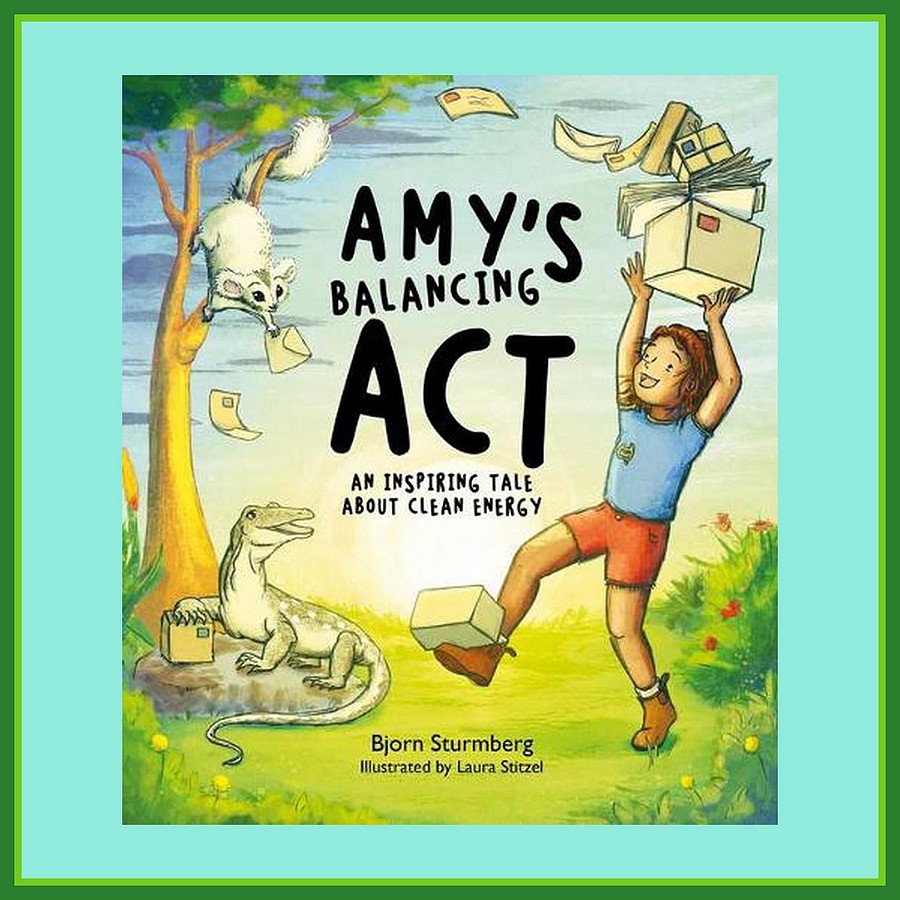
Amy’s Balancing Act by Bjorn Sturmberg and illustrated by Laura Stitzel is an innovative and inspiring tale about clean energy and the power of diversity. This engaging story uses animals to represent different sources of clean energy and explains switching from coal to a diverse range of energy sources through renewables. Not only is the journey described, but also the mindset and teamwork that is required to achieve this. This book is an excellent gateway to conversations about the impact different energy sources have on the environment and climate. At the end of the story, each animal and the characters have a page dedicated to them outlining what they represent as well as information about the energy source.
In this story, Amy, the lone postwoman on an island reliably delivers mail with her packhorse, Clyde (Clyde represents coal power stations). Amy and Clyde have been a highly capable team for many years; however, Clyde is an old and weary horse, ready for retirement. The years have taken their toll not only on Clyde, but also the environment due to travelling along the same route which has disrupted the soil, causing land degradation and pollution as dust has made its way into the air and waterways.
Amy is aware that Clyde’s age means he will not be reliable for much longer and one fateful day the hot weather proves too much for Clyde. Just like coal power stations, Clyde becomes unreliable in an extreme heatwave. Amy has no option but to find a new energy source to assist with the mail deliveries.
A number of animals come to the rescue and help lighten Clyde’s load. Sol, the goanna (represents photovoltaic solar panels) can produce power from the sun. While Sol (and solar panels) do not contribute to pollution, Sol is unable to continue helping with mail deliveries when the sun slips below the horizon. An energy source that can continue to work at night, does not contribute to pollution or damage the earth is required. Gail, an albatross comes to the rescue. Another weather event causes a new problem for Amy and the team of animals, so another team member is required to help with the deliveries and contribute to diversifying the energy supply. Snowy, the sugar glider (representing pumped hydroelectricity and named after the hydroelectricity system in the Snowy Mountains) offers to assist by offering her nest as a place to store mail, meaning Sol and Gail can use their energy more efficiently and Snowy can help deliver any of the stored mail if required. This serves as a perfect solution to balance all of the team’s energy supplies. Together, the animals can work through all conditions and weather events, by using each of their strengths to balance the load and continue to deliver a reliable service that is cleaner for the environment.
The vibrant, lively and boldly coloured illustrations further serve to reinforce the positive, hopeful and grounded message in the story that the transition to cleaner energy is achievable with a problem-solving mindset and careful consideration to new and diverse solutions.
